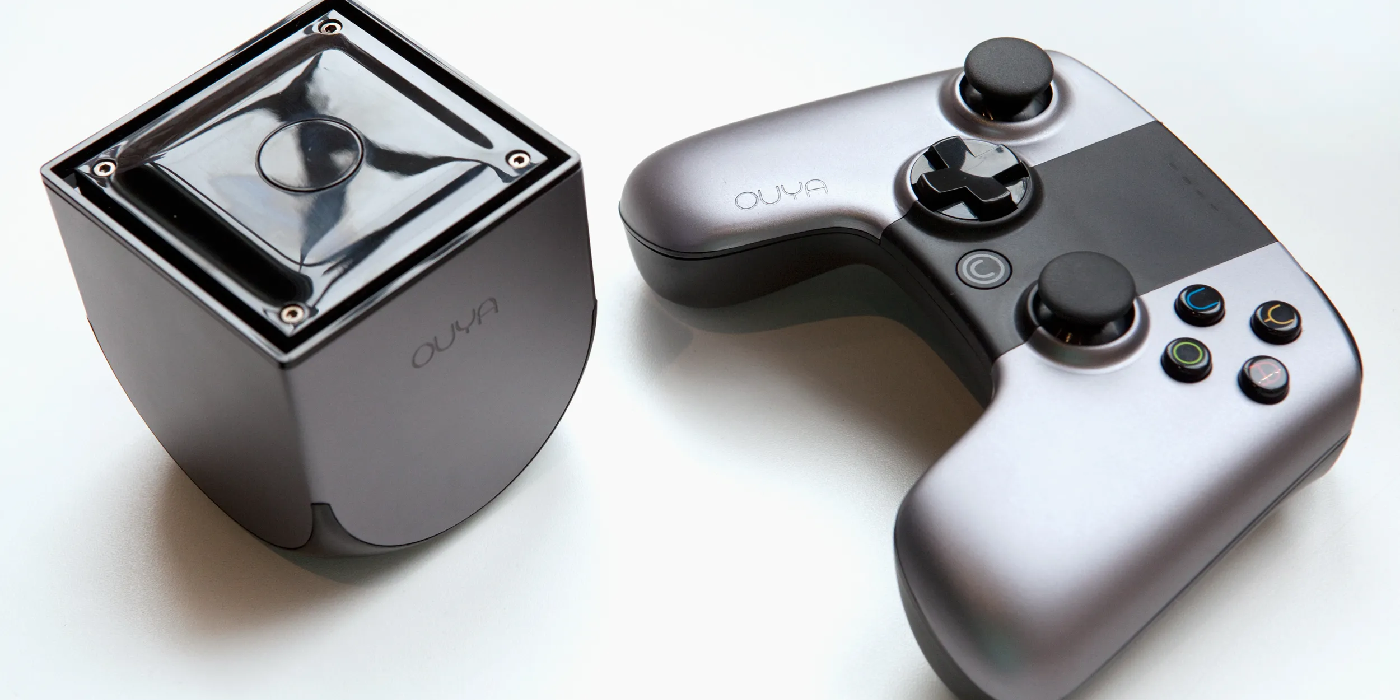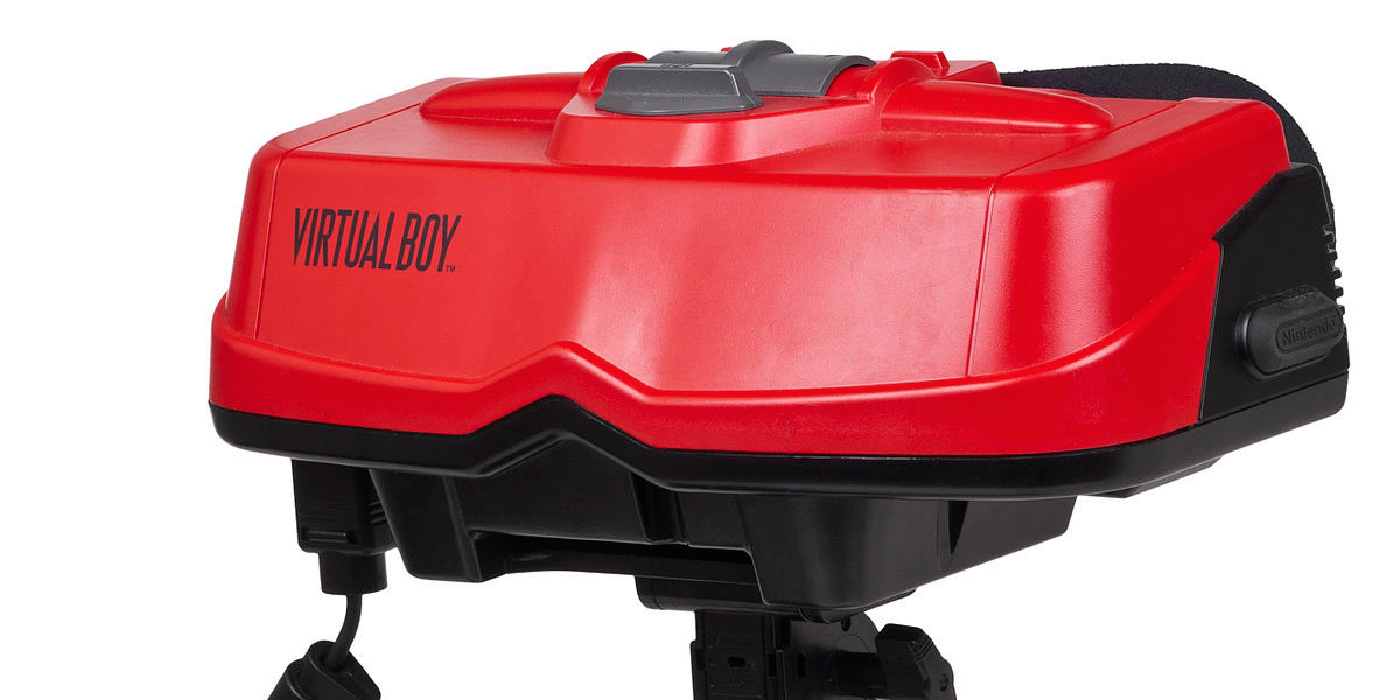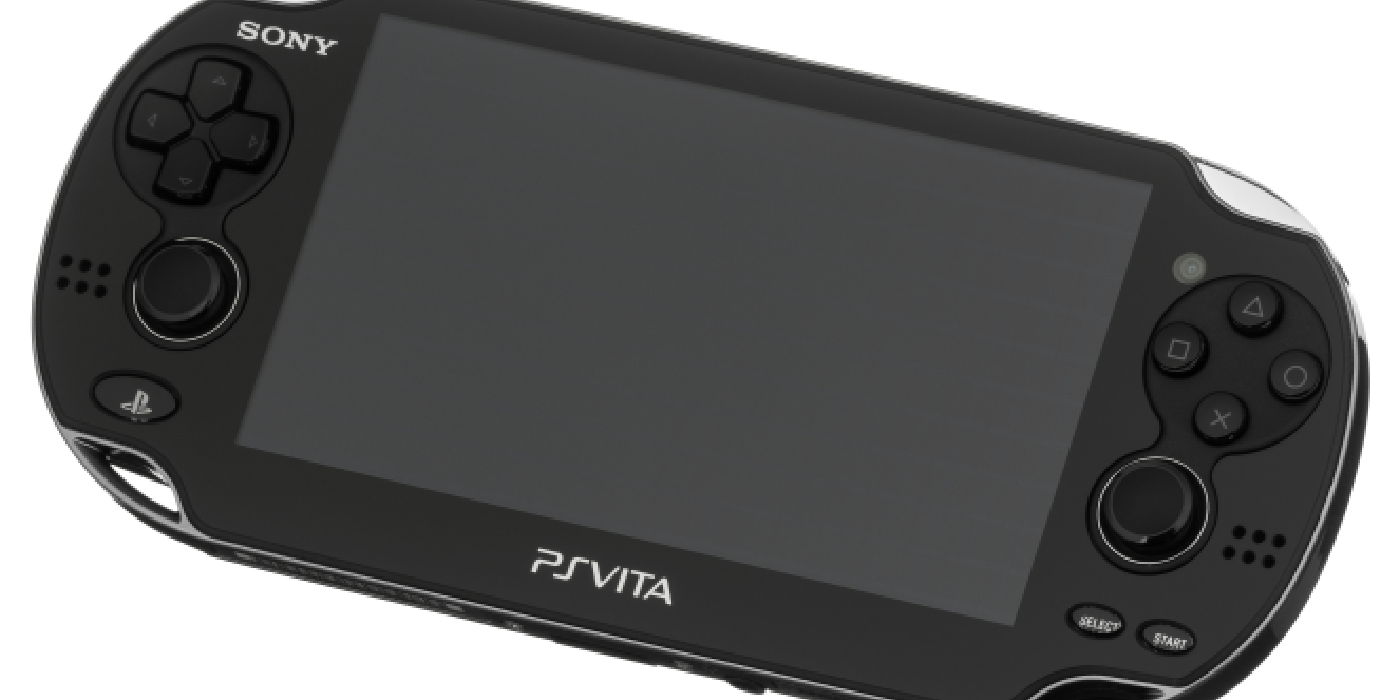10 Innovative Gaming Technologies That Flopped

Valve’s latest offering, the Steam Deck, has proven once again how innovative the gaming industry can be. The success of such a simple yet gamer-friendly idea shouldn’t come as a surprise to anybody who follows Valve’s track record. Still, the Steam Deck is one success among many flops from the past few decades.
There are times when a system does have genuinely innovative technology, but for one reason or another, doesn’t quite live up to the hype. Whether it’s bad marketing, poor engineering, or just plain bad timing, these gaming trends quickly turned into forgotten fads.
Ouya
The Ouya was touted as an “indie darling” console that let indie devs make games that could be played on TVs with ease. Not only that but being an Android device meant that it was highly customizable. It wasn’t innovative in the sense that it was new tech. It was moreso the fact that it would centralize a lot of hobbyists. Think of an even more accessible Raspberry Pi optimized for TV gaming. Well, in theory at least.
Upon release, the Ouya quickly revealed itself to be nothing more than a glorified emulator for phone games to be run on bigger screens. Everything from the store’s shallow library to the horrid input lag made the Ouya a failure right out of the gate. Everything it did could already be done by existing technology. It’s infamously remembered today as one of gaming’s biggest missteps.
Kinect
It pains to criticize the Kinect because as far as motion capture goes, it was genuinely state-of-the-art. The Kinect was legitimately fantastic hardware and is used by many professionals for creative projects in gaming, movies, and TV shows. Unfortunately, as a gaming accessory, it was plagued by shovelware and barely functional “AAA” titles.
Yes, great Kinect games like Dance Central and Fru showcased the impressive capabilities of the Kinect. However, the fact that the Kinect was forced onto a community that had no interest in motion games sealed the Kinect’s fate as far as gaming went. If any gaming accessory deserves a second chance, Kinect is high up there, especially with advancements in motion capture. This time though, they should sell it separately.
Stadia
Google Stadia was hyped as the next stage of gaming by its creators and marketing team. Seeing as they filed for bankruptcy earlier this year, it’s clear that didn’t pan out. For the unfamiliar, Google Stadia was supposed to be a cloud gaming service that required an internet connection and a “Netflix”-like subscription service, as well as its own dedicated “console”.
While an ambitious project, the swathes of hardware and software issues crippled the project well before it began. The model was also far too greedy, asking for full-price games on top of a subscription service on a barely functioning console. Come January 2023, Stadia joins the long line of failed Google products.
3D Gaming
There was a time in the early 2010s when everything seemed to want 3D capabilities. The hype around the highest-grossing film of all time, Avatar, certainly played a part in this. Gaming was no exception, as handheld consoles such as the 3DS managed to find success with their new gimmick. After that, however, it has been crickets ever since.
Attempts to make 3D games simply don’t work when the core gimmick actively makes people nauseous. It’s one of those experiences that are cool for a few minutes, but inevitably wear out their welcome. Even the 3DS, which was far from a failure, was successful despite the gimmick, not because of it since the feature could be turned off by the player.
Wii U
The Wii U was blessed with tons of classics, ranging from The Wonderful 101 to Bayonetta 2. The Wii U was the first Nintendo console to support HD graphics and featured an interesting new accessory in the form of the Wii U Gamepad. It was even backward compatible with the first Wii, so it seemed like a slam dunk. If only they had marketed it.
The Wii U failed to live up to the high expectations set by the record-breaking predecessor. The central gimmick of the Gamepad was rarely, if ever, actually utilized. Few games used it as anything other than an inventory screen. Nintendo’s marketing for it was so poor that many customers confused the Wii U as an accessory, which didn’t help matters.
Virtual Boy
Virtual Boy was designed by none other than the father of mobile gaming, Gunpei Yokoi, With consoles such as the Game & Watch, Gameboy, and Gameboy Pocket under his impressive belt, it seemed like Virtual Boy was destined for greatness. The Virtual Boy touted itself as the first console capable of stereoscopic 3D graphics and even came with every 90s kid’s dream: Virtual Reality Goggles. The Virtual Boy’s best games would have been trailblazers.
Unfortunately, executives looked to make a quick buck instead of letting Yokoi develop the system into its best possible self. Thanks to executive meddling, Virtual Boy debuted to utter commercial failure. The technology had shades of potential, but it wasn’t given the time or the games to live up to its hype. Unfortunately, Yokoi himself passed away a year later, leaving Yokoi unable to fulfill his dream of a true mobile 3D gaming VR console.
Miitomo
Miitomo was Nintendo’s first foray into the social media market. For a game as slow on the uptake of online gaming as Nintendo, Miitomo came as a pleasant surprise. It was a fun (and free) way of connecting with friends in an online world using the cute Miis. The questions system in particular garnered many laughs from Nintendo fans.
Unfortunately, Miitomo’s player base quickly fell off after the first few months, as Nintendo didn’t seem to know what else to do with the concept. There was a lack of updates and people only really played it for quick rewards. It closed down its doors after barely two years on the market, and it doesn’t look like Nintendo’s revisiting the concept anytime soon.
PS Vita
The PS Vita was the next evolution of the mobile gaming monster that was the PSP. With such big shoes to fill, all eyes were on the Vita to, at the very least, live up to expectations. Unfortunately, it seemed like Sony itself had no interest in supporting it. Despite the many improvements, the Vita proved to be “too much of a good thing” for both devs and gamers.
For one, the system was so powerful that it required more expensive memory cards. Bigger companies had no idea what to do with all that power and seemingly didn’t want to bother with the math of that venture. At the time, mobile gaming was being scaremongered into a “dying industry”, and so many gamers and publishers balked at its $40 standard pricing. In hindsight, quite a hilarious concern, as mobile gaming accounts for over half of all video game revenue.
Sega Saturn
The Sega Saturn was Sega’s follow-up console to the moderately successful Sega Genesis. Seeking to continue the hype for their consoles, Saturn would boast Sega’s first-ever console that could run 3D polygon graphics. These state-of-the-art graphics allowed classics such as Virtua Fighter and Panzer Dragoon to flourish.
Unfortunately, its initial success quickly fell off, especially as the cancellation of Sonic X-treme killed hype for the console. When a console promises a “Sonic 64” type game and doesn’t deliver, it’s not that surprising when people give up on it. Many of the console’s flaws are attributed to Sega’s upper management making poor decisions regarding its development.
Dreamcast
The Dreamcast was Sega’s answer to the burgeoning console war of the PS2, GameCube and Xbox. The console had some truly creative offerings, a breath of fresh air in an increasingly corporatized market. In addition, this was the first console to push for an online mode and included other innovations such as motion sensors, second screen functionality, video chat, 480p resolution, and even voice commands.
Unfortunately, the Dreamcast fell to the hype of the industry titan that was the PS2. Gamers had also lost trust in Sega after the failures of the Sega CD, Saturn, and 32x. It also had no “killer apps” on launch, as the likes of Ocarina of Time, Final Fantasy VII, Resident Evil 2, and Starcraft were making their debuts on competing consoles. Simply put, Dreamcast is a case study of how not to release a console.

















